Wa Ale, Myanmars First Eco Luxury Resort, will open its doors in January 2017. The resort is situated on Lampi Island Marine National Park, in the Mergui Archipelago. Accommodation will range from tented beach villas to breezy tree house suites. An onsite restaurant will serve a healthy blend of Asian & Mediterranean dishes made with fresh produce harvested from the island as well as local communities and serves only sustainably caught seafood from the Archipelago.
The resorts philosophy is to emphasize conservation will be committed to giving back to the surrounding environment and local communities. The resort is being constructed from recyclable materials and will rely heavily on renewable sources of energy for power. Profits from the project will go towards various conservation efforts in the marine national park including Sea Turtle Conservation and coral protection as well as charitable donations and education programs to the local communities.
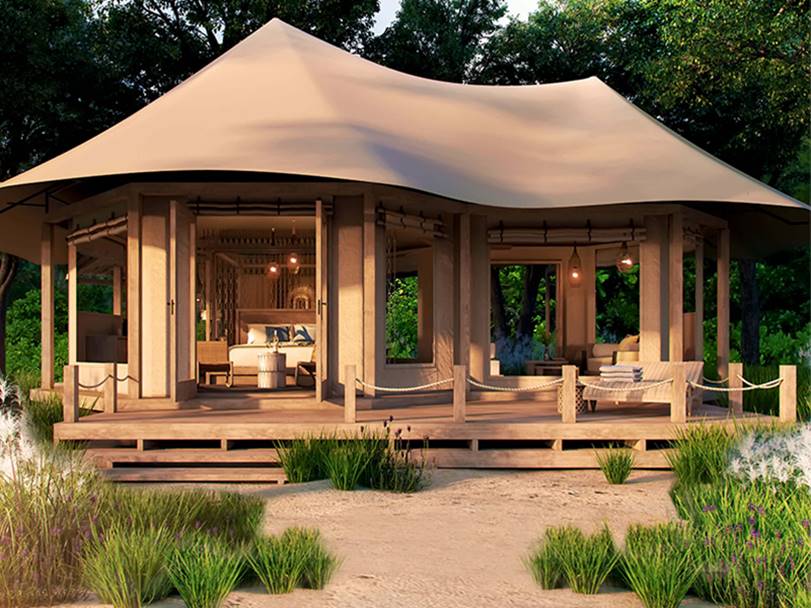 Wa Ale Resort will be reachable via 2 hour luxury speed boat ride from the port town of Kawthaung in Southern Myanmar. The resort will be able to handle all transportation arrangements from Kawthaung.
Wa Ale Resort will be reachable via 2 hour luxury speed boat ride from the port town of Kawthaung in Southern Myanmar. The resort will be able to handle all transportation arrangements from Kawthaung.
Find out more about the Wa Ale Resort Project here.
About Lampi Island Marine National Park
Located in the Mergui Archipelago in Southern Myanmar, the Lampi Marine National Park is Myanmar’s first marine national park area. The biodiverse islands are covered by tropical evergreen rainforests and surrounded by coral reef systems. The park area protects over 1000 species of animals, plants and marine life. Species found in the area include Hornbill birds, loggerhead turtles and dugongs.
The namesake Lampi Island is the biggest island in the park. The island is made up of rocky coastline dotted with pristine sandy beaches and bays. Inland the island is covered with lush vegetation and evergreen forest. Many rare species of tree and plant life can be found on the island. Mangrove forests grow along rivers and fresh water sources on the island too.
Fauna on the island include a huge variety of birdlife, including many threatened species like the plain-pouched hornbill and the Wallace Hawk Eagle. A range of amphibians, reptiles as well as mammals including the sunda pangolin are also found on the island.
Surrounding the islands are rich coral reef systems, home to a wide range of marine life. Seagrass meadows can also be found that are an important food source for species like dugong and sea turtles.
The Lampi marine national park area is also home to several hundred of Merguis famed Moken sea gypsies. The main Moken village is located on Bo Cho Island on the southern tip of Lampi. The Moken have been living in the archipelago over a century, spending a majority of their time at sea embarked on long fishing trips. During the rainy season, when the waters are too rough, the Moken retreat to their stilted villages on the shores of the archipelagos islands. Traditional, the livelihood of the Moken was partially dependent spear fishing and diving to collect sea urchins and other marine life. As a result, the Moken have acquired a reputation for their diving skills and ability to stay under water for long periods of time.
Activities
A wide range of activities are on offer in the park area:
- Exploring the fresh water rivers and their surrounding mangrove forests by canoe.
- Park rangers can guide visitors on hikes through the lush jungle terrain and climb up to one of several hills to enjoy panoramic views of the island and surrounding sea.
- Snorkeling and diving on the rich coral reef systems and spotting sea turtles, rays and sharks.
- Observing sea turtles at several nesting sites around Lampi. Nighttime baby turtle hatching occurs from January to March.
- Visiting the local villages and Moken sea gypsies. Explore the local way of life and observe the Moken fishing way they have for a century.
- Take an island hopping trip by boat to the different islands in the park area
- With over 230 species of bird in the park, Lampi is a fantastic bird watching destination. Colonies of plain pouched hornbills can be spotted roosting during sunrise and sunset on the island.

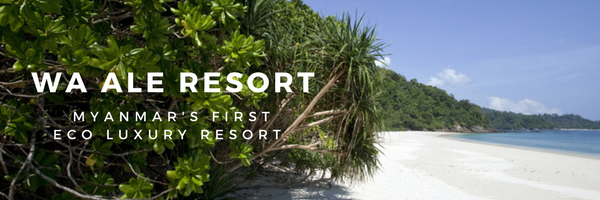
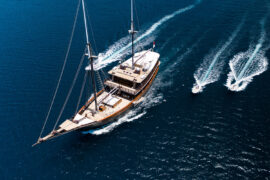
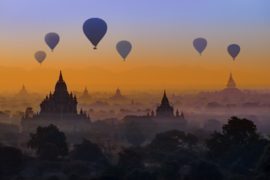
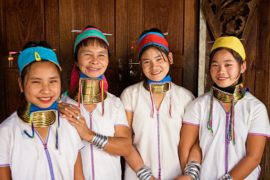
Comments are closed.